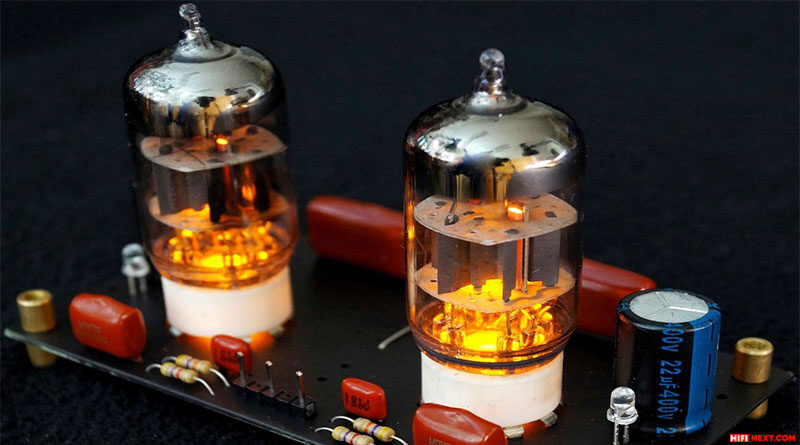Standby and the truth about warming up
Often, an electronic component, in addition to the power button on the front panel, is equipped with another switch on the back of the case. Why is this duplication necessary? And is it a duplication? Let’s figure it out.

If the unit is equipped with two power switches, one (usually located on the back of the unit) completely de-energises the power supply and the other, located on the front panel, is used to activate Standby mode. The second is used to de-energise the power supply, while the second is used to activate Standby mode. Furthermore, the specific implementation of Standby mode is determined by the component manufacturer.
Often, the manufacturer does not equip the electronic components with a power switch that completely de-energizes the device – there are no more power controls other than the Standby button on the front panel, which puts the device into standby mode. In this case, in order to completely turn off your system, for example, when you go on vacation, you will have to remove the plug from the outlet.
In the vast majority of cases (and in the budget technology sector – almost completely), the standby mode only provides the ability to turn on the component using the remote control. That is, in Standby mode, power is supplied only to a part of the digital circuit responsible for interacting with the remote control – as a rule, a separate low-power switching power supply is installed to power this unit. If the device is capable of integrating into smart home systems, then a wake-up signal can also be a command received, for example, via an Ethernet network or a serial RS-232 interface. In this case, power is also provided to these control modules.
Standby mode

In High End audio engineering, a fundamentally different standby mode implementation is sometimes encountered. To the user, it looks exactly the same as in the first case. However, when Standby mode is selected, the control system merely turns off all display indications on the front of the unit, while all major components and units are supplied with power as usual. Manufacturers that have chosen to implement Standby mode are convinced that continuous powering of electronic equipment not only increases the service life of components, but also has a beneficial effect on sound quality. And with good reason.
We are not talking here about tube units or amplifiers whose output stages work in Class A, which are components that consume a lot of power when there is no useful signal. And it is not only about care for the planet and your wallet because of high power consumption – the point is that at rest all this energy is converted by the component in the heat, which heats up all the inside of the device and adversely affects the life of components – for example, capacitors do not like long-term heating. As a result, your units may not last as long as you’d like it to.
What about environmental legislation?

All other components are now designed to consume a minimum of power when idling – this is required by modern environmental legislation in most developed countries. And it makes sense to keep these components switched on at all times. Above all, oddly enough, it will prolong their life. The fact is that electronic components suffer the most damage when switching equipment on and off – primarily from transients and voltage spikes associated with them. Everyone has probably heard the clicks in their loudspeakers when the audio system components are switched on in the wrong order. If you follow the recommended sequence, you’ll save your speakers, but the voltage spikes won’t go anywhere. These transients do not add to the health of your electronics.
Conclusions

In conclusion, what matters is the quality of the sound. The “warm-up” effect of audio equipment is well known. Moreover, it applies not only to new components, where a gradual increase in sound quality is observed over a fairly long period of time, which stabilizes after this period. This effect also takes place each time the equipment is switched on – an experienced audiophile turns on the electronics some time before the start of listening, so that all components of each system element are up and running. If the device is not disconnected from the power supply, it is possible to do without this operation without any damage to the sound. Many manufacturers of High End equipment recommend doing this directly in the operating instructions, while others give such advice in various speeches and interviews.




